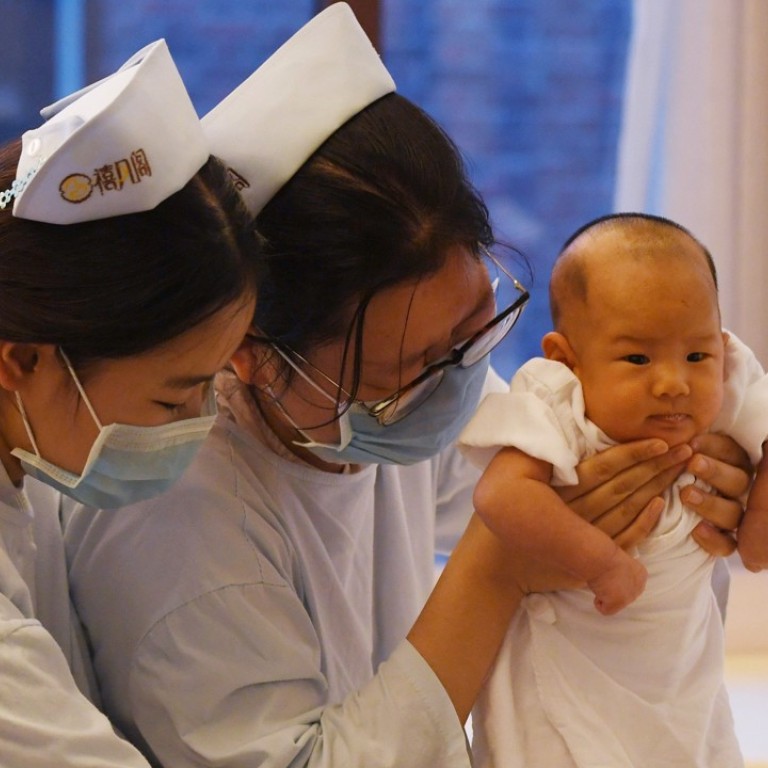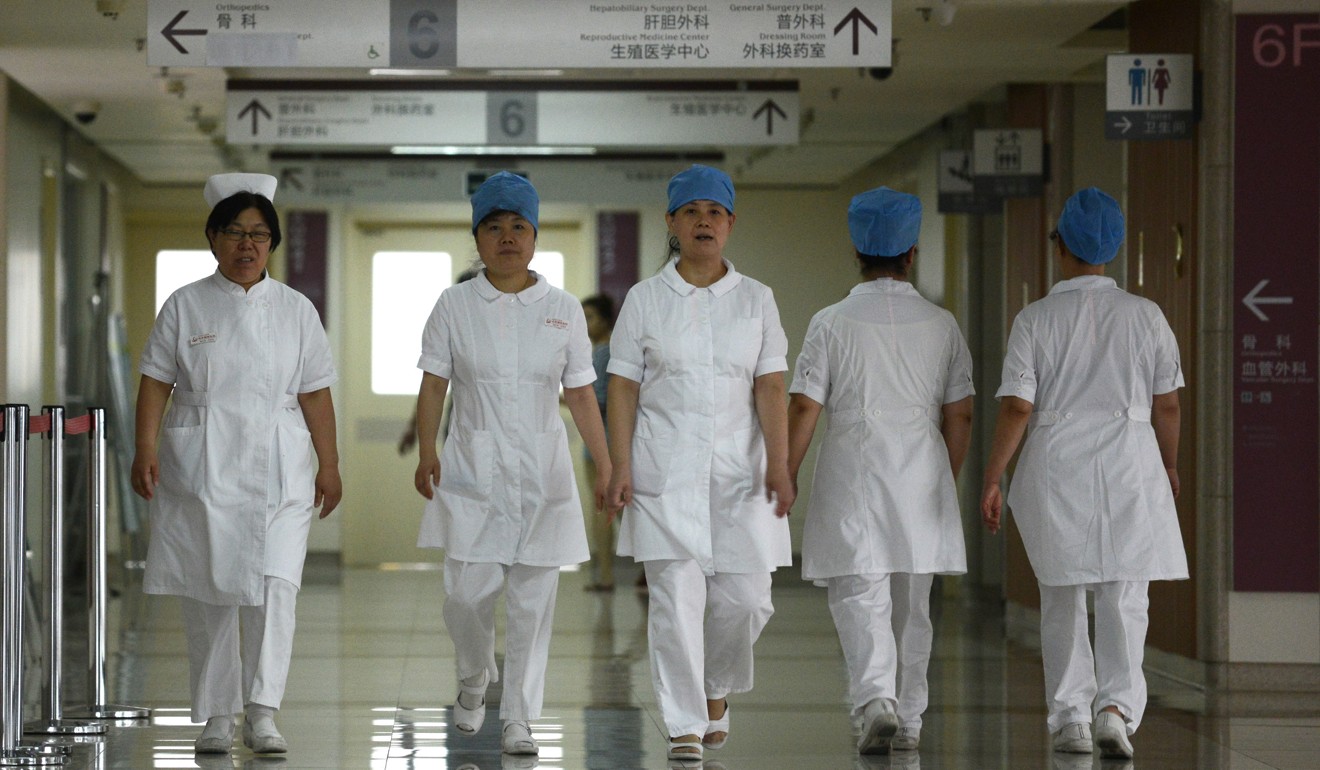
More incentives urged to spur health insurance sector
Market watchers unanimous, however, that longer-term, awareness of the programme will grow as insurers gradually reach out to more customers.
It is still too early to gauge the likely success of China’s much-hyped new tax-deductible health insurance programme, according to market watchers.
Rolled out on a trial basis on January 1, 2016, in 31 mainland cities – including Shanghai, Beijing, Tianjin, Chongqing and one large city in each of the provinces and autonomous region – from July 1 taxpayers across the mainland will be able to deduct up to 2,400 yuan (US$348) annually, or 200 yuan monthly, from their taxable income if they choose to pay for the so called designated “tax-preferential health insurance products”, now allowed by the China Insurance Regulatory Commission.
So far, 26 insurers – or 30 per cent of the domestic market’s life insurers – have joined the trial including PICC Health Insurance, China Life Insurance, Ping An Life Insurance and China Pacific Life Insurance.
“The expansion sends a strong signal of policy support to the health insurance sector in China as Beijing is keen to offer a proper supplement to its social medical fund,” said Gao Xuezhen, an analyst at market research firm iResearch.

“It might take years, however, to see its effects drip through to the health insurance industry, as it is still testing the water.”
The growth of health insurance in the trial cities is yet to surpass the national average, indicating no apparent boost from the programme, said Minsheng Securities analyst Li Feng in a research note.
Guo Zhenhua, head of the insurance department at Shanghai University of International Business and Economics, also warned the current tax deduction could be too small to make any significance difference to potential buyers.
For a taxpayer who earns 10,000 yuan monthly, for example, the current deductible cap means an actual saving of just 20 yuan.
“The lacklustre performance we have already seen in the trial could be repeated when it’s actually expanded nationwide from July,” he said, adding it’s still a major challenge for health insurers to grow their business in China, despite the massive growth potential.
The lacklustre performance we have already seen in the trial could be repeated when it’s actually expanded nationwide from July
Market watchers are unanimous, however, that longer-term, awareness of the programme will grow as insurers gradually reach out to more customers.
According to a survey conducted by iResearch on 1,500 consumers in January, around 65 per cent of respondents said they would be willing to buy health insurance in future.
Of those who said they had no plans to buy, 42 per cent said they could be persuaded, however, thanks to the tax incentive, while 58 per cent said regardless, they have no plans of buying a policy.
“Buying intention may rise in future if the government increases tax incentives,” said iResearh’s Gao.
Last year, health insurance premiums surged 68 per cent year-on-year to 404.3 billion yuan, more than double the domestic insurance sector average of 27.5 per cent, according to data from the China Insurance Regulatory Commission.
In the first quarter of this year, growth slowed down to 37 per cent, but was still above the industry average of 33 per cent.

